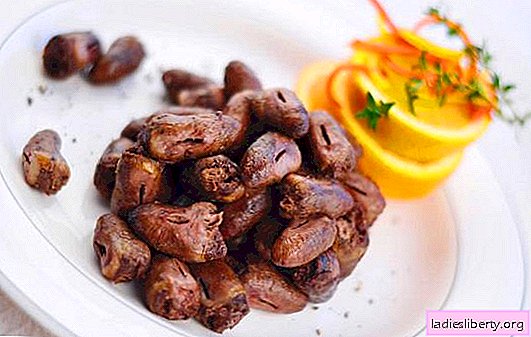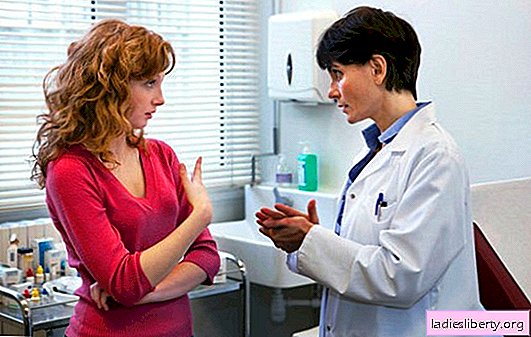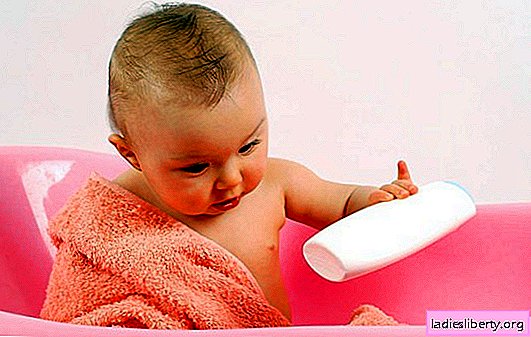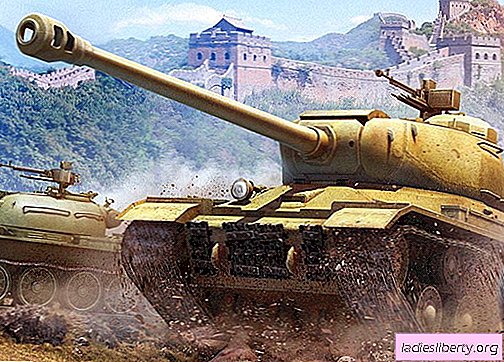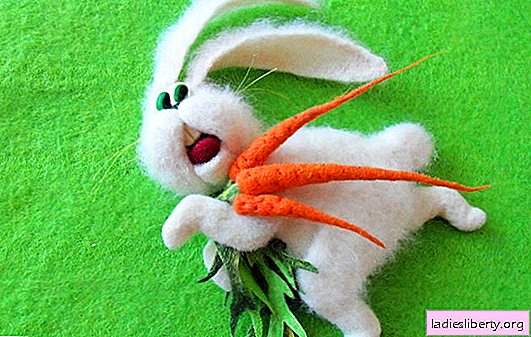
The image of a bunny has been familiar to everyone since childhood.
It is found in every cartoon, children's film, books for little ones.
A living bunny evokes pleasant feelings and tenderness.
Therefore, in the world more toys are made in the likeness of this animal.
From which only bunnies are made: faux fur, plush, paper, bast, plastic and so on.
A symbol of this forest miracle is present on every Christmas tree and in an Easter basket.
Today's master class is dedicated to this particular animal. Made with his own hands from fabric, it will cause no less joy in a child than alive.

To make a small adorable bunny, you will need the following materials:
• Fleece (it is better to choose a milky color);
• Fabric for ears and overalls (it is advisable to choose different colors, but with a good tone combination);
• Synthetic filler;
• For decoration: ribbons, buttons, thin elastic, beads
And: sewing machine, matching threads, scissors, needle, tailor's meter.
Stage number 1
Pattern
The specified pattern can be printed through a printer or copied directly from the monitor screen by attaching a sheet of paper to it. The pattern is designed so that the future toy is 35 cm in height.

The pattern is cut into paper details. They indicate the required quantity. Parts with a strength of 4 are cut mirror and in pairs. The pattern does not take into account allowances, therefore, when cutting, you need to make them. The width of the allowances is 5 mm.
Details are laid out on fabric. Then they are cut taking into account allowances.
Stage number 2
Machine stapling process
Torso details are stitched along the middle seam. The seam runs on the wrong side. It turns out the front and back. Then scribble ears, pens and legs. With regard to the ears, there is a peculiarity when, after stitching the two parts, they are turned on the front side. They are cut off on this side 5 mm from the edge. This will give the ears a visual depth of the auricle.

Stage number 3
Paw filler stuffing
All paws are already turned out on the front side. Handles and legs are stuffed with synthetic filler strictly 3/4. Relatively speaking, the "tops" remain empty.
Ears are sewn to any part of the body (front or back). The distance from the middle seam is 1.5 cm in both directions.

Next, the pens are pinned and sewn. There is no indentation from the neck.
The legs are pinned and sewn. The distance from the middle is 0.5 cm in both directions.
On the wrong side, the front of the body is connected to the back. The slice below the legs remains not stitched, through which then the product will be turned on the front side. When stitched and twisted, the toy is stuffed with a synthetic filler through a slice.

The slice is sewn manually with a blind seam. Toe alignment is respected.

Stage number 4
Face modeling
The spout is embroidered manually in three strings. Its location is pre-marked with an inserted needle. The process starts from above. At the end, you can lay a strip of thread 1-2 cm vertically down, emitting a kind of cleft mouth.

Toys have such a feature that the size and shape of the nose and eyes directly affect the expression on the face (muzzle). Therefore, it is necessary to experimentally identify their best location with the help of tailor needles, and then sew on the eyes and nose.

Stage number 5
clothing
Fabric for future clothing before cutting must be washed. If you then have to wash it in the finished state on the product, then the fabric may shrink. Depending on the fabric, it is possible up to 30%. This is a very large indicator. And after washing, the fabric, of course, is smoothed out with an iron. It is recommended to choose American cotton. It holds color well when exposed to temperatures, stretches slightly along the shared and diagonal threads, has a good density, weakly strews on the slices.
The bunny takes measurements for tailoring overalls: waist, length of the product from neck to legs + 4 cm for shorts. To the waist circumference is added 4 cm + 2 cm for allowances.
An approximate shape is drawn on the fabric by hand and cut out. The height of the product will be approximately 20-22 cm. Time will be saved if you cut the pattern on a fabric folded in half.
The upper cut, side and bottom are processed with overlock stitching. If there is no overlock on hand, then the sewing machine can be configured to similar parameters. To do this, increase the stitch width to the maximum, and the length to the minimum on the simplest straight line.

3 cm recedes from the top edge down and the elastic is sewn in a circle. The neck circumference of a toy is measured in advance with an elastic band without tension. And the elastic is sewn already in a very tight state. For convenience, it is recommended to use the help of tailor needles and chop them with rubber tension. Gum is sewn with a special seam for stretching products. It should be a beautiful assembly.
Stage number 6
Decoration
At this stage, the jumpsuit is worn on a bunny. In the neck area a satin ribbon is tied to a bow. A pair of buttons can be sewn onto the chest. The head can also be decorated with a beautiful bow with flowers.

So it turned out a wonderful children's toy. In extreme cases, it can decorate the interior of a children's room or kitchen. You can play with the hare, take it with you to bed. You can offer girls to sew a variety of clothes for toys. And if the hare gets dirty - it can also be washed in the washing machine. The thing will not go bad. Synthetic filler and fleece are quick-drying materials.



